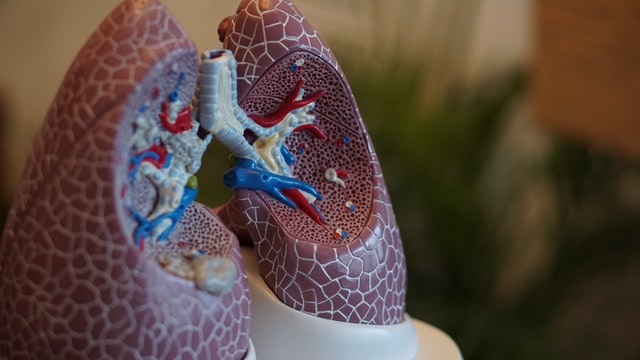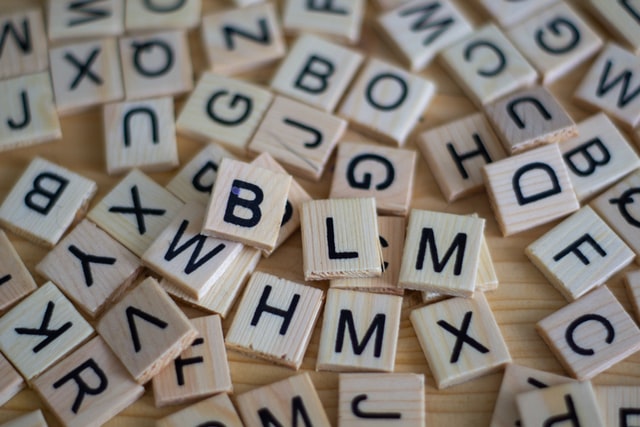Students seeking admission to nursing or allied health programs need to take the Test of Essential Academic Skills (TEAS). Many educational institutions require students to take the TEAS exam. It is important to focus on the key topics within each mathematical area of the TEAS Math test in order to properly prepare for the test. But what kind of math is on the TEAS test? In this article, you will find extensive lists of these topics for the number, algebra, measurement, and data components of the TEAS Math test.
Let’s get started with our free TEAS practice test 2024, we provide thousands of ATI TEAS Math questions to help you get yourselves familiarized with the format and questions of the TEAS Math section
What Is on The TEAS Math Test Version 7?
ATI announced in early 2021 that the TEAS 6 exam, which nursing students must take before going to nursing school, would be phased out in June 2022 and replaced with Version 7. There are a few things that changed as listed below.
ATI TEAS 6 ATI TEAS 7
Section Time Limit Number of Questions Section Time Limit Number of Questions
Mathematics 54 36 Questions Mathematics 54 38 Questions
Pretest Questions 4 Pretest Questions 4
Numbers & Algebra 23 Numbers & Algebra 18
Measurement & Data 9 Measurement & Data 16
Read more>> What is on the TEAS test?
What Kind of Math Is on The Teas Test?
Knowing what kind of Math on the TEAS test will help you know which you should focus on, from that strengthen your knowledge and skills as well.
Numbers and Algebra
The Numbers and Algebra category of the TEAS Math subtest is far longer than its sibling, with an average of 16 questions. As such, it is even more difficult, and with a larger number of objectives for you to meet. Some questions will be presented as statements, which you will then need to convert into equations and other forms of a mathematical expression, as well as one from one type of ratio (such as a fraction or percentage) into another, different type.
Word problems will feature heavily under the Numbers and Algebra question category, and will typically center around such concepts as rational numbers, ratios, proportions, and percentages. In addition, you will also be expected to work with estimation and single-variable equations.
To tackle questions under this Number and Algebra category to the best of your ability, first and foremost, you will need to brush up on your algebra skills and knowledge. You might want to go over rational numbers and their properties, as well as many different types of ratios and how to convert them from one to another. Due to the large number of word problems featured under this category, a close reading will be especially important. It will be up to you to pay close attention to the wording of each problem in order to know what is being asked of you and how to start the solving process.
Number
- Arithmetic: understand at least the four basic operations, positive numbers, negative numbers, decimals, percentages, and fractions.
- Place Value: understand how each number in a sequence can be determined as a “thousand, ” “hundred, ” “ten, ” “one, ” and so on, depending on its relationship with the place value.
- Number Order: know how to compare numbers by aligning their place values.
- Nonnegative integers: understand how nonnegative integers, also known as positive whole numbers and defined as complete units that are greater than zero, operate as counting numbers.
- Negative numbers: understand the rules when working with negative numbers, including addition subtraction, and multiplication, division.
- Order of operations: understand PEMDAS (Parentheses, Exponents, Multiplication, Division, Addition, and Subtraction). That is a key rule applicable to solving expressions and determining in which order to solve each expression.
- Decimals: understand how to read and work with decimals, including multiplying, dividing adding, and subtracting decimal numbers.
- Fractions: understand the relationship between the numerator and the denominator, how to work with mixed fractions and equivalent fractions, how to order fractions, and how to find the greatest common factor of a fraction.
- Percentages: understand how to subtract and add percentages and how to calculate percentage amounts.
Algebra
- Constants and variables: understand that constants are symbols representing a value that does not change, compared to variables which are values that are either unknown or non-specific.
- Combining terms when working with expressions and equations: understand that combining coefficients in some circumstances can simplify the expression that needs to be solved.
- Isolate a variable: understand how to use methods such as inverse operations to isolate a variable.
- Problem-solving: understand that problems stated in words and not just numbers can be “translated” into numerical expressions. Understand terminology variants for all four of the basic operations (quotient indicates that division is required, for example).
- Problems that incorporate proportion, percentage, ratio, or rate of change: understand that proportions work with ratios, percentages can be written as decimals, ratios can often be simplified, and rates of change are a focus on the relationship between two measurements.

Measurement and Data
The Measurement and Data category is the shorter of the two, with 16 questions under it. It is, however, quite complicated because it deals with quantitative data in various forms. You will be expected to fulfill such tasks as reading graphical data, such as tables or graphs, and analyzing specific pieces of information; translating units of measurement from metric to standard, and vice versa; describing how a pair of variables interact with one another; solving geometric equations to find specific measurements; and, through statistical math, analyze pieces of graphical information.
Brushing up on your mathematics skills will be necessary for adequate preparation for this section. Make sure that you’re familiar with both metric and standard units of measurement, as well as the arithmetic and other steps needed in changing from one to the other. You will also need to know how to recognize geometric properties and which formulas apply best to which questions, as well as how to appropriately evaluate the information given to you via tables, graphs, and other similar forms of graphical information.
Measurement
- US standard system of measurement: understand the different units of measurement, including feet, pounds, and fluid ounces.
- The metric system of measurement: understand the different units of measurement, including grams, kilos, liters, centimeters, and meters.
- Converting between the two systems of measurement: understand a few conversions (such as 1 meter is about 3.2 feet), and know how to apply and reverse them.
- Geometric/physical quantities: understand how to work out the area, perimeter, volume, width, height, and conversion of different shapes and units.
Data
- Reading data: understand how to read different charts, tables, and graphs and the main purpose of the use of each different style of graphic representation.
- Estimation: understand how to quickly estimate, or “guesstimate” a figure to assist you to check your answer and get familiarized with reading and interpreting graphic representations quicker.
- Rounding: understand how to round down or round up numbers to speed up or check your work.
- Variable relationships: understand how to read and recognize relationships that are not constant and can be classified as a response and explanatory relationship, that is, one variable responds to the other.
How to Pass the TEAS Exam?
Step 1: Analyze the information provided
Every TEAS Mathematics question will give you the information you need to solve it. This information may be in the question and/or in a figure, table, or other information supplied above the question. Analyze the answer choices as well; they may also provide useful information

Step 2: Approach strategically
The TEAS tests many types of math, unlike a math class, which focuses on a single subject such as algebra. When you come across a new question, pause briefly, take the time to take a deep breath, and think about what type of math you’ll use to solve it. Is this question testing arithmetic, algebra, or geometry? Call to mind the math rules you use to answer this type of question.
Also, make sure you have clearly stated in your mind what you are solving for. It’s such a shame to do all the math right only to choose the wrong answer since you solved for x when the question was asking for x − 2, or as you solved for a possible solution when the question asked for a value that cannot be a solution. Make sure that you are solving the right thing.
Lastly, use the answer choices to your advantage. For example, if there are two positive numbers and two negative numbers in the answers, then if you can quickly determine that the answer must be positive (or must be negative), you can immediately rule out two choices. If the values in the answers are far apart, then it may be an efficient approach to estimating an approximate value. You can choose that answer without doing any calculations if you can tell that the answer must be a little less than 1, and only one answer choice fits that description.
Step 3: Evaluate the answer choices
Select the correct answer from the answer choices. In case no choice matches the value you arrived at, then revisit Steps 1 and 2 to see whether you overlooked any information or made an error in solving.
Step 4: Confirm your answer
You have not finished yet! Double-check to make sure that you have answered the right question. For example, if the question asks for the time to load two trucks, you don’t want to choose the time it takes to load one truck. In addition, make sure that your answer makes sense. For example, if a coat costs $100 and it is now on sale, the sale price should be less than $100, not more.
If you want to find study tips to pass the TEAS math test, read more about TEAS Math Study Guide.
FAQs
Final Words
Now you have found the answer to the question “What kind of math is on the teas test”. We hope that this guide and our tips will be of use to you as you take this important test and enter this new stage of your life. We attempt to provide exam takers with only the best and most comprehensive resources available. We realize how important this exam is to your future, which is why we’ve made the ATI TEAS 7 Math practice test available. We want to make sure you have access to all of the resources you have to study thoroughly and obtain the highest possible score.




